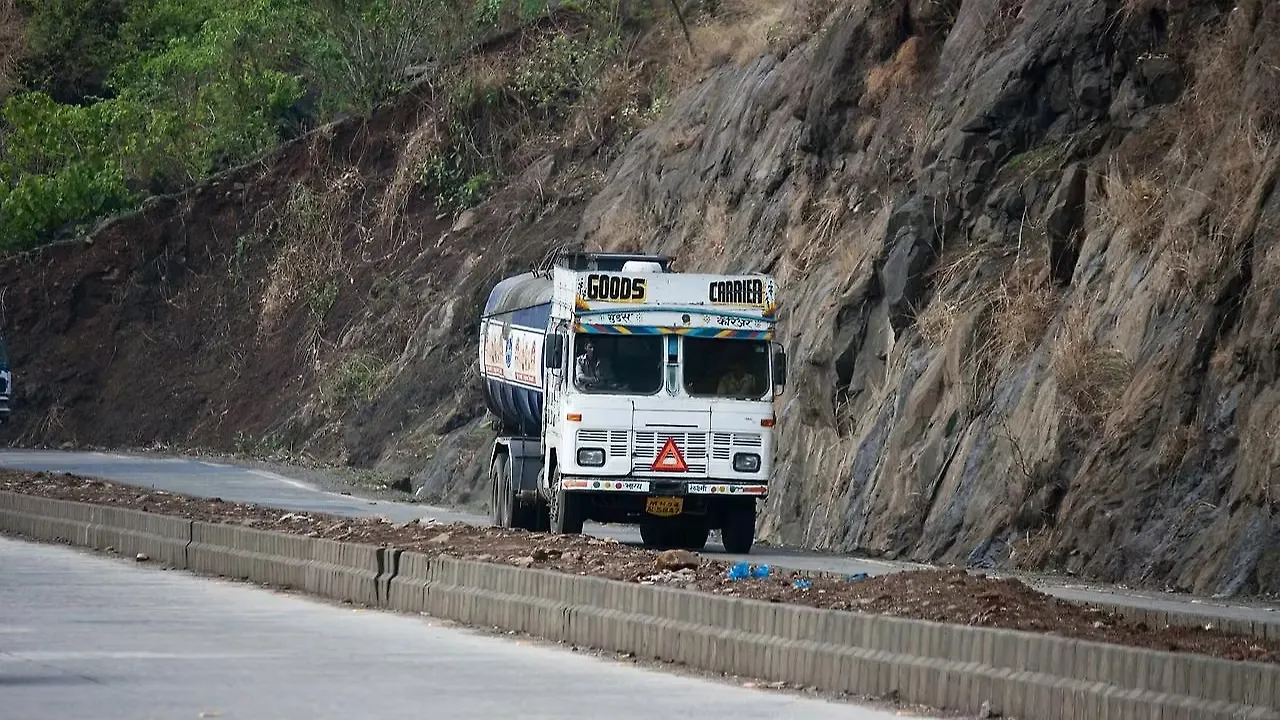
The Indian auto sector is currently doomed due to the recession period that started three years back. However, on a positive note, the industry has started getting back on its feet.
Speaking to Mobility Outlook, Vinod Aggarwal, MD and CEO, VECV and President, ASDC, said that the Indian CV industry will touch a new peak, which will be more than FY19 in the next two to three years.
Aggarwal noted that it's a cyclical market; after every recession period, recovery has to happen. The recession period that started before the pandemic emerged and had worsened due to the arrival of the pandemic.
He added that the segment will witness good growth in the current financial year. It must be noted that as per the FADA data, the CV segment saw 278.44% YoY growth in May 22.
However, the numbers suggest an incomplete story. As pointed out by Aggarwal, the growth in numbers is mostly due to the fact that during the last two years, the country witnessed either a complete lockdown or a partial lockdown, resulting in no or less sales.
Moreover, as schools have started to reopen and tourism has started to get back, he suggests that the bus segment, in particular, will see a good demand, which was the worst hit segment in the CV industry during the last two years.
Additionally, during the last two to three years, replacements have not happened, which are very important for the productivity of distribution, he said, adding that this year we will see a lot of replacement cycle, not only the regular cycle but also the pent up which again will help the segment grow.
In the long term, the push from the Government in the form of infrastructural programmes will benefit the segment and help it achieve new peaks, Aggarwal noted.
“Whenever infrastructure investments happen, these are directly benefiting the CV sector, because a lot of construction trucks and equipment are needed. As a result the entire ecosystem becomes very positive,” he said.
Opportunities With New Technology
The industry saw the inclusion of BS-VI norms starting in 2020. The pollution limit has been drastically reduced under the BS-VI standard. While the BS-IV emission standard for NOx from diesel vehicles was 250mg/km, it has been reduced to 80mg/km in BS-VI emission standards.
Additionally, the HC+NOx level in the BS-IV has been reduced from 300mg/km to 170mg/km, while the PM level has been reduced from 25mg/km to 4.5mg/km.
Aggarwal noted that now the BS-VI stage two will be implemented from 2023 onwards, bringing a slew of changes both from the emissions side and manufacturing side.
The new Corporate Average Fuel Economy (CAFE-2) rules will begin the next round of regulations, lowering the permissible average CO2 levels of any carmaker's fleet from 130g/km to 113g/km.
From the manufacturing side, the VECV MD and CEO noted that under the new regulations, the manufacturer has to give a guarantee of seven years that the vehicle will meet the emission norms.
“The regulatory authorities can pick up any vehicle from the field to see whether it is meeting the emission standards, so that will make sure that all the vehicle standards, they're absolutely the best, so that they can sustain the same emission levels for next seven years,” he said.
Apart from that, he noted that a lot more new technological changes are happening linked to safety and fancy advancements in technology.
Besides, the segment will also see a rise in the number of alternate fuel options in the next couple of years.
At present, CNG is already very popular in the light and medium-duty vehicle segment. 'Going forward, we will also see LNG gaining its popularity in the heavy duty segment,' Aggarwal opined.
Moreover, electric as a fuel option has already been started testing in the bus segment and the smaller light-duty vehicles. In the future, the technology has the potential to be featured in the higher tonnage vehicles travelling shorter distances, he noted.
However, he added that all alternative fuel options will co-exist. “I think there will be space for all the technology, and people will have the choice that whatever technology is better for their application,” he said.
“We will see a lot of things happening on technology side, product side as well as on the various regulatory led improvements,” Aggarwal said.
He continued that with all these technologies seeing the light of the day, the technicians also need to be trained for these technologies.
The industry also needs apprentices who have to be trained in the new technology; Aggarwal added that there is also a need for workmen and different skill levels.
He believes that ASDC plays a vital role in providing that training and skill-building opportunity.
The industry also needs the curriculum, media and textbooks for skill-building. “ASDC is helping in renewing that texts and renewing the training material curriculum,” he concluded.
Also Read:
Auto Industry Marches On Recovery Path In May 2022; Falls Short By 31% Compared To 2019
Indian Auto Industry Continues Flattish Run For The Third Month: FADA
May 2022 Auto Sales Closer To May 2019, But Commodity Prices A Concern